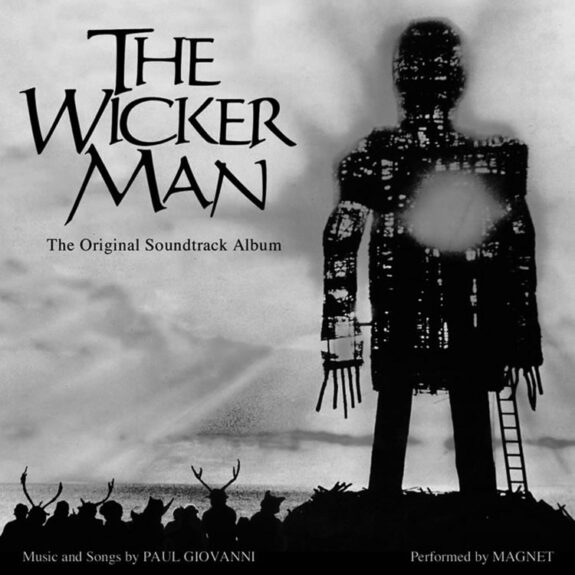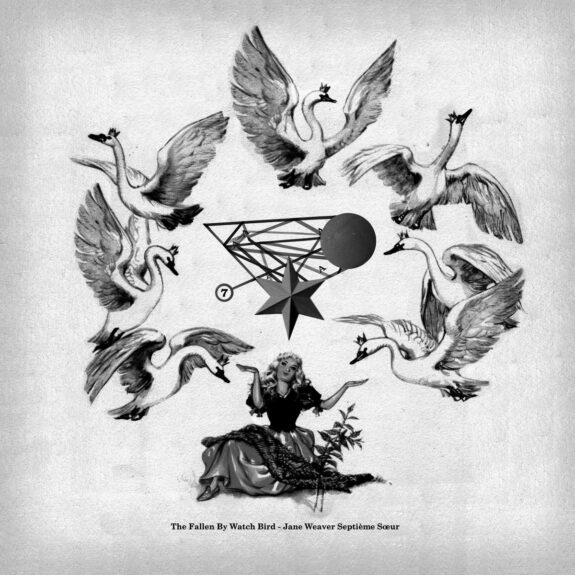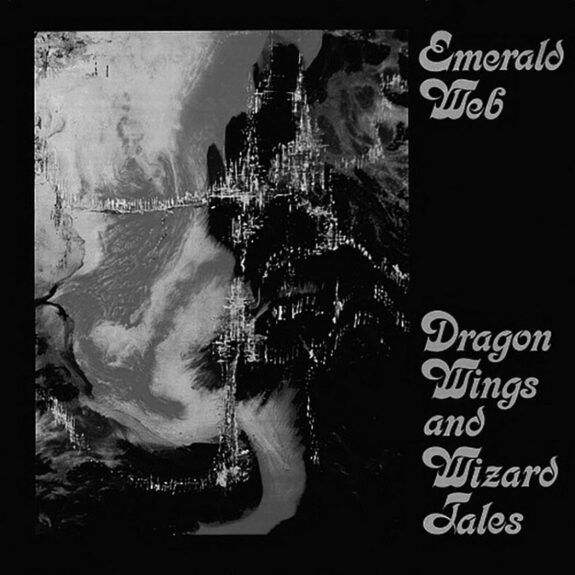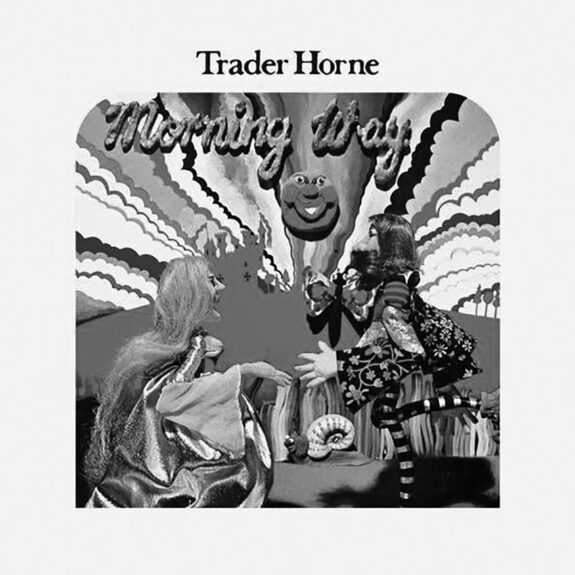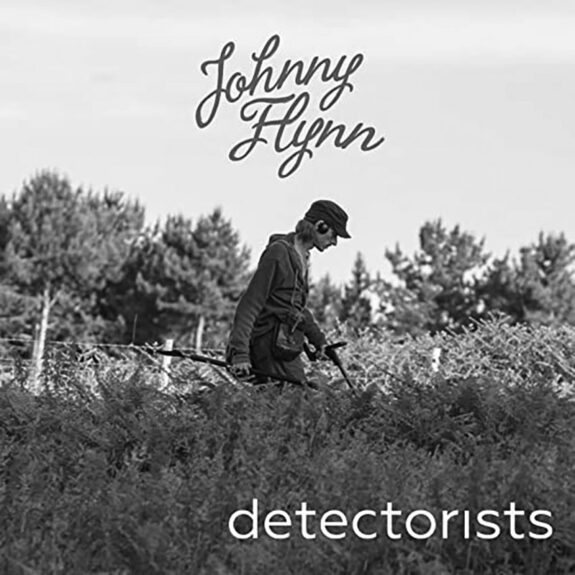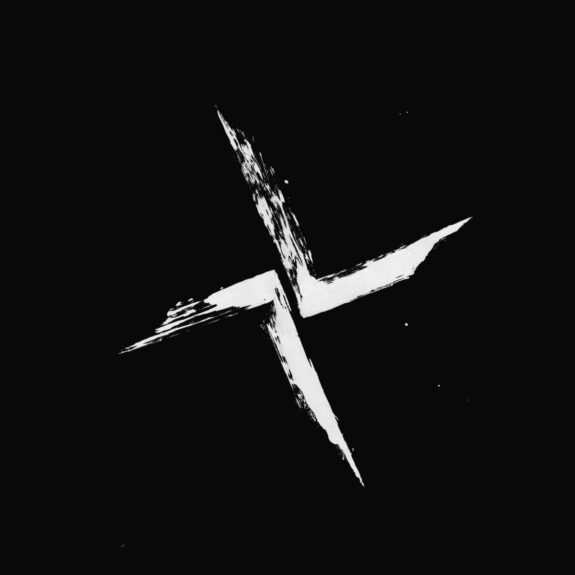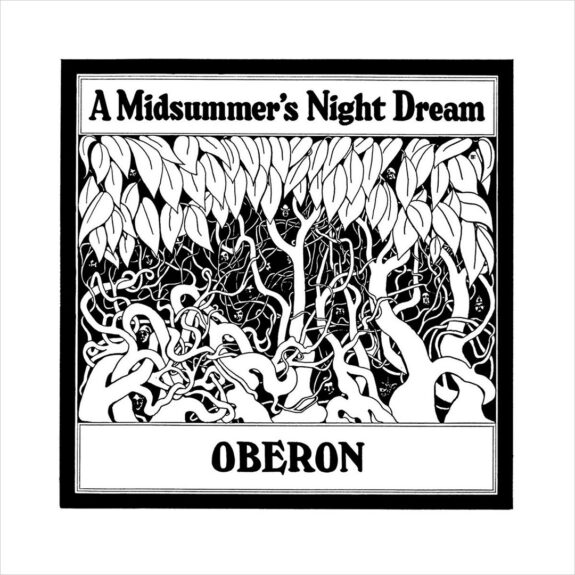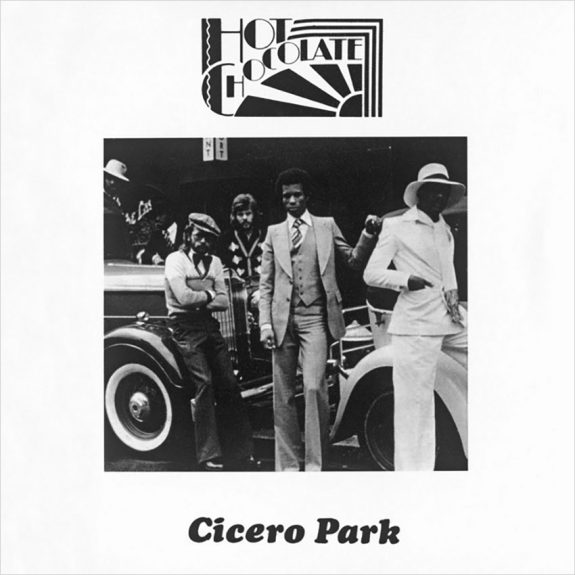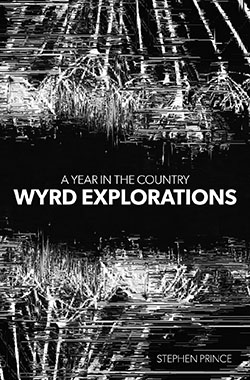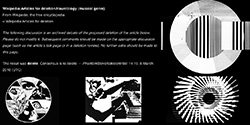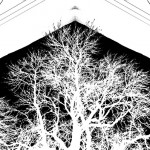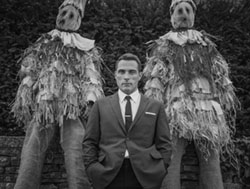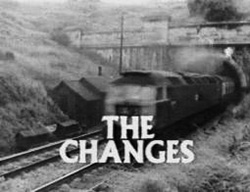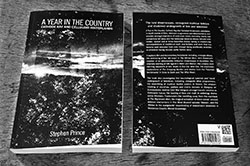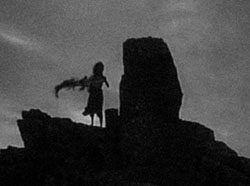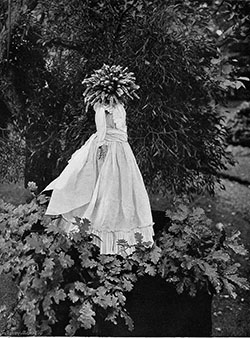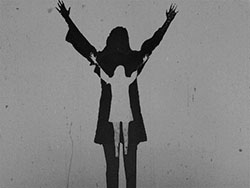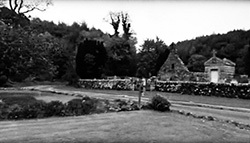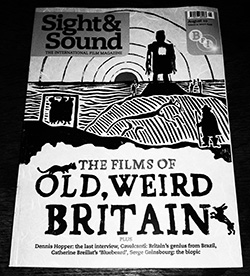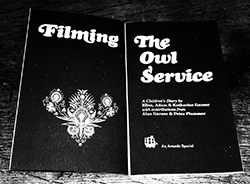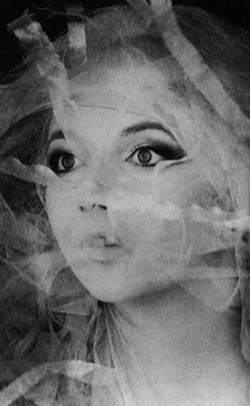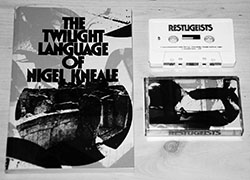The final main chapter in the new A Year In The Country: Lost Transmissions book is an Appendix called Songs for A Year In The Country which contains a list and writing about some of the songs that have variously acted as signposts, touchstones, significant markers and discoveries for A Year In The Country.
There’s also a Spotify playlist for the list which can be listened to via this link.
In some ways the list is also a form of Desert Island Discs but, reflecting the passage of the year, there are 52 songs, as there are weeks in the year, rather than the eight which the guests on the BBC Radio show choose for their imaginary time as castaways.
With that in mind, the selection includes some of the songs that I find myself repeatedly returning to, ones that I’d “save from the waves” or bundle up to take into the storm shelter if a Wizard of Oz-esque twister appeared on the horizon.
Below are some “rules” about the songs etc, which have been slightly relaxed since I posted the first 26 of these songs at the A Year In The Country site in 2021:
- No songs by or featuring myself.
- No television, film etc intro sequence theme tunes and so on that haven’t been commercially released on record, CD, streaming services etc.
- One song per artist.
- Only one version of a song and only one appearance by each performer.
- All songs must be available to listen to on mainstream streaming and download services (Spotify in particular but as “they” say “other services are available” and so they may also be available at Apple Music, Deezer etc).
- Further reflecting the cycle/weeks of the year, the writing that accompanies each song includes no more than 52 words.
And so, without further ado below is the list and the writing from the book chapter…
1. Magnet and Paul Giovanni’s “Gently Johnny” from The Wicker Man Soundtrack: It seems rather appropriate to begin this set of Songs for A Year In The Country with a visit to Summerisle, via this song which conjures a sense of a timeless and atemporal world…
2. Cat’s Eyes’ “The Duke of Burgundy” from The Duke of Burgundy Soundtrack: To quote myself on Radio 4’s Late Junction “[The Duke of Burgundy] seems to exist outside of time, almost in an imaginary never never European hinterland… and the track… has an [accompanying] hazy, dreamlike, almost half-remembered sense of being a semi-lost pop treasure from a time you can’t quite place.”
3. The Advisory Circle’s “And the Cuckoo Comes” from Mind How You Go: An early inspiration and reference point for A Year In The Country… a swirling pastoral “ghost box” of time out of joint.
4. Broadcast’s “Tears in the Typing Pool” from Tender Buttons: A subtly hazy dreamscape take on British New Wave cinema… and I always think “Interpret the rooms” is “Interpret the runes”.
5. Archie Fisher’s “Orfeo” from the album of the same name: This has a mystical, epic, cinematic folkloric quality and it has lodged in my mind for a fair few years now after I discovered it via an online mix compiled by members of The Owl Service folk rock collective called “An Introduction to the Roots of Psych-Folk”.
6. Jane Weaver Septième Soeur’s “Silver Chord” from The Fallen by Watchbird: The final track on The Fallen by Watchbird conceptual pop project album of “cosmic aquatic folklore”… the soundtrack to a Czech New Wave film from the edges of imagination…
7. Audrey Copard’s “Died for Love” from English Folk Songs: As also recorded by sometimes A Year In Countrycontributors Lutine… there’s a purity and simplicity to this 1956 version that feels like a moment of peace and calm.
8. Belbury Poly’s “The Geography” from The Belbury Tales: If Boards of Canada had recorded a female singer who was accompanying Archie Fisher on his aforementioned epic cinematic folkloric track “Orfeo” it might sound a little like this. Somewhere in a parallel universe, records that sound like this gave Fatboy Slim a run for his money in the pop charts.
9. Midnight Movies’ “Just to Play” from their eponymous album: Otherworldly pop with shades of Nico and Broadcast, all wrapped up in artwork by Julian House of Ghost Box Records. A B-side discovered a fair old time ago now via the “lucky dip”-esque racks of cheap promo CD singles that you used to find in second hand record shops.
10. Emerald Web’s “Flight of the Raven” from Dragon Wings and Wizard Tales: A rare vocal track from cosmic new age synth explorers Emerald Web… an arpeggiated fairy tale flight of fantasy…
11. The United States of America’s “Cloud Song” from their eponymous album: Gentle, drifting, softly woozy psych-ambient from 1968… Apparently the band were an influence on Broadcast and Portishead…
12. Kate Bush’s “Oh England My Lionheart” from Lionheart: Early(ish) Kate Bush that perfectly captures the otherly pastoral fantasia aspects of her work.
13. Midwinter’s “Sanctuary Stone” from The Waters of Sweet Sorrow: Early 1970s acid/psych folk rock that for a long time wasn’t even a privately pressed rarity but rather the master tapes sat in one of the band’s attics for a fair few years until eventually being released 20 years later. Enchanting work and well worth the wait(!).
14. Trader Horne’s “Morning Way” from Morning Way: I think more than any other song, this title track from Trader Horne’s 1970 album was responsible for opening something in my mind with regards to folk music and culture…
15. Boards of Canada’s “Gemini” from Tomorrow’s Harvest: There’s an ache and loss to “Gemini” and at times it makes me think of the soundtrack to a Bladerunner-esque slowly cancelled future, if it had been recorded in a dream and then the tapes left to quietly degrade for half a century or more as they slowly absorbed lost radio frequencies…
16. The Eccentronic Research Council’s “Another Witch Is Dead (Trad.)” from 1612 Underture: Non-populist pop from The Eccentronic Research Council’s “fakeloric sonic pilgrimage to the home of the Pendle witches” album. And it is mostly definitely “pop” music… in another of those (proliferating) para-
llel universes I can remember watching the band performing it on Top of the Pops.
17. Pentangle’s “Let No Man Steal Your Thyme” from The Pentangle: Traditional folk as reimagined in a smoky jazz club basement back when… the song made a surprising and rather welcome appearance in Ben Wheatley’s at times lushly dreamscape-like gothic romance film Rebecca.
18. Johnny Flynn’s “Detectorists” from the television series’ soundtrack: Uplifting and gently, melancholically heart breaking at the same time. That seems to make it somewhat appropriate as the title track for Detectorists. A lovely, entrancing contemporary take on folk music.
19. Silly Sisters’ “Fine Horseman” from No More to the Dance: Maddy Prior and June Tabor’s cover of Lal Waterson’s “Fine Horseman” which conjures a gently fluttering world unto itself (which towards the end wanders off into a guitar solo that always makes me think of the Edge of Darkness soundtrack).
20. John Carpenter and Alan Howarth’s “Main Title” from the Halloween III: Season of the Witch soundtrack: For myself Halloween III is possibly the most “Carpenter-esque” John Carpenter soundtrack. The film itself is an intriguing and curious piece of work that via its plot’s use of fragments of stone from Stonehenge that contain an ancient mysterious power still reverberates with echoes of Nigel Kneale’s apparently considerably revised original script.
21. Burial’s “Nightmarket” from Tunes 2011-2019: The soundtrack to a fractured urban landscape… spectres of spectres of dreams and hopes lost in a soundscape awash with static…
22. Steeleye Span’s “All Around My Hat” from the album of the same name: Folk goes pop by way of The Wombles. A version of the sung produced by Mike Batt, who also created The Wombles band, and was a top five hit back in 1975, just after The Wombles had albums in the UK charts for more weeks than any other act in 1974. Blimey.
23. Sandra Kerr and John Faulkner’s “The Miller’s Song” from the Bagpuss Soundtrack: Gently lilting, life affirming pastoral folk to soundtrack what Andy Votel of Finders Keeper’s records called a post-dinnertime “secret shop window” and the work of a beloved saggy old cloth cat and friends.
24. Espers’ “Dead Queen” from II: Released in 2006 this song still sounds decidedly contemporary while also being part of a lineage of reimaginings of folk that can be traced back to 1960s and 1970s acid/psych folk. As with many of the “Songs for a Year In The Country” it conjures a world, time and space of its own…
25. Delia Derbyshire and Ron Grainer’s “Original Theme/Main Title” from the Doctor Who soundtrack: 1963. The BBC Radiophonic Workshop. Adventures in space and time (and sound). The root of so much.
26. Oberon’s “Nottamun Town” from A Midsummer’s Night Dream: Stepping back to 1971 and this rather lovely version of a traditional folk song on an album which was originally released in a privately pressed edition of just 99 copies. Something to drift off and away with…
27. Simple Minds’ “I Travel” from Empires and Dance: To quote Bobby Gillespie, this is a slice of “really hard Euro disco” that still sounds like the shape of the future’s past today. Pair with “Today I Died Again” that follows “I Travel” on the album, which is an intriguing dystopic Cold War fever dream puzzle of a song.
28. Andy Votel’s “Return of the Spooky Driver” from Styles of the Unexpected: As I write elsewhere in the book, this has in part a glitchy spectral melancholia that wouldn’t seem out of place amongst contemporary hauntology; along which lines, it could be filed alongside Bridge and Tunnel, whose music shared similar characteristics and both could be seen as turn of the millennium hauntology precursors.
29. Noel Harrison’s “The Great Electric Experiment is Over” from the album of the same name: Opening with swirling unidentifiable noises this is a curiously upbeat post-apocalyptic slice of Americana sung in an almost received pronunciation way by a narrator who seems pleased that the modern ways have ended and now he can just enjoy watching the flowers grow on ruined city streets.
30. Hot Chocolate’s “Cicero Park” from the album of the same name: Not yet post-apocalyptic but heading towards a Soylent Green-like future where “concrete trees” have sprung up everywhere and are swamping nature. File under when pop goes odd alongside Roger Whittaker’s theme song for No Blade of Grass where we’ve reached the stars but flowers no longer bloom below our feet.
31. Sinoia Cave’s “Forever Dilating Eye” from the Beyond the Black Rainbow soundtrack: If you stumbled on a room full of John Carpenter’s synths from the early 1980s and proceeded to soundtrack a film which was a “Reagan era fever dream” it might well sound like this. An ominous, hypnotic entry point to “the new age of enlightenment”.
32. Delia Derbyshire Appreciation Society’s “Blue Filter” from the duo’s eponymous album: As I discuss elsewhere in the book this makes me think of Brian Eno’s older ambient albums if they’d gone a bit more techno but were still beatless. It has a lovely warm vintage sound without being overly retro and I can listen to the wonderfully enveloping sub-bass dives again and again.
33. Earl Brutus’ “The S.A.S. and the Glam that Goes with It” from Tonight You Are the Special One: A rabble-rousing call to arms from an art project of a band that sound like they were thought up while listening to glam rock, The Fall and Kraftwerk and obsessing about “the age of the train” after too long an afternoon in a slightly dodgy pub that does a nice carvery.
34. Graeme Miller and Steve Shill’s “A Long Paleness” from the soundtrack to The Carrier Frequency: They just don’t make them like this anymore. Rescued by Finders Keepers Records from the faded history and furthest fringes of arthouse theatre. Experimental, accessible, haunting. Beautiful.
35. Sidney Sager and The Ambrosian Singers’ “Children of the Stones Opening Title” from the television series’ original soundtrack: And while we’re talking about rescuing artifacts from far flung corners of culture, hats off to Jonny Trunk and Alan Gubby for their years long dedication in bringing about an official release of the music to one of thewyrd and hauntological television touchstones.
36. Laurie Anderson’s “O Superman” from Big Science: And while we’re talking about arthouse takes on things, well what should this be filed under? Arthouse pop perhaps? Missing the top slot in the UK charts by just a sliver it seems to point towards a lost future of experimental pop that is still going strong in a parallel universe somewhere.
37. Roxy Music “In Every Dream Home a Heartache” from For Your Pleasure: Stunning dystopic art pop rock played by a bunch of aliens in sparkles and feathers fronted by Bryan Ferry at his “plastic vampire” peak. In an alternate timeline their live performance of this from a 1973 episode of TV’s Old Grey Whistle Test is the only thing ever broadcast on state TV.
38. Jóhann Jóhannsson’s “A Song for Europa” from Orphée: A neo-classical soundtrack to accompany secrets plucked from the radio waves. An unknown broadcaster counts out numbers’ station codes and the world tilts on its axis once again.
39. Death in Vegas’ “Witch Dance” from Trans-Love Energies: A non-folk folk horror exploration of woozy lysergic post-dance electronic non-pop pop that plays as a hooded figure on horseback looks up at the sun rising through the forest and wanders if this may be the last of days.
40. The Detox Twins’ “Dreaming of Florida” single: Post post-electroclash yearning and travels in an imagined dreamscape. When the regime changes in one of those previously mentioned parallel universes, this will be the only thing broadcast on state radio while Sapphire & Steel plays “always and forever” on TV.
41. Kittin’s “Are You There?” from Cosmos: Further post post-electroclash by one of the originators of that now near forgotten moment in music and cultural time. Wistful, melancholic conceptronic pop that gently calls out to the cosmos as we slumber in our dreams.
42. DJ Hell’s “Car Car Car” from Zukunfstmusik: A post post-electroclash Kraftwerkian visit to the shape of the future’s past by another of the originators of that “near forgotten moment in music and cultural time”. A playful, joyous and subtly dystopian paean to our automobile “homes”, friends and refuges. File alongside Gary Numan’s “Cars”.
43. Sproatly Smith’s “Rosebud in June” from Times Is N’ Times Was: Here I’ll hand you over to The Gaping Silencewebsite: “…like something from The Wicker Man, if The Wicker Man had been a 1960s children’s TV series about time travel.” Traditional folk, folk rock and acid/psych folk reimagined for a “wyrd” cultural landscape. Lilting and lovely.
44. A. Cooper and S. McLoughlin’s: “Hexagons Above Dovestones” from Garden of Mirrors/Supernatural Lancashire Volume 2:This conjures just out of reach visions of an imaginary television series that was made a few years after that “1960s children’s TV series about time travel” when esoteric beliefs had gained a foothold or more in mainstream culture and broadcasting.
45. Nancy Sinatra and Lee Hazelwood’s “Some Velvet Morning” from Movin’ With Nancy: Enigmatic, mystical, gently strung-out pop from the soundtrack to Nancy Sinatra’s “Movin’ with Nancy” 1967 TV special where even the advert breaks exist in and belong to a dreamscape pop fantasia and which is well worth seeking out and taking a balloon ride away from it all with.
46. Satoshi Ashikawa’s “Still Space” from Kankyō Ongaku: Japanese Ambient, Environmental & New Age Music 1980-1990: A moment of calm from a compilation which curates Japanese kankyō ongaku or environmental music, which through in part being sponsored by corporations in the 1980s and subsequently seeping into everyday life through being used in shops etc has parallels with the BBC Radiophonic Workshops’ “sneaking” of electronic music into Britain.
47. The Owl Service’s “Willie O’Winsbury” from The View from a Hill: A reimagining of folk rock by one of the first bands I discovered when I began discovering wyrd, hauntological etc culture. An upbeat, life affirming version of a traditional song that, if you listen to the lyrics, has at points an intriguing transgressing of social norms quality.
48. The Shock Headed Peters’ “I, Bloodbrother Be” from The Ruling Class – The Very Best of él Records: And while we’re talking about transgressing social norms… this was the first ever release on él Records, which for myself is one of the pinnacles of record labels creating their own parallel worlds, something which I still find myself drawn to in the likes of Ghost Box Records’ work…
49. Paul Weller’s “In Another Room” from the EP of the same name: Which in turn brings me to this track by Paul Weller, released on Ghost Box Records. I didn’t think I would ever be writing a sentence like that but I’m glad I can… intriguing, mysterious and melodic experimentation from somebody who is no stranger to creating his own parallel worlds.
50. Matt Berry’s “World in Action” from Television Themes: The theme song for the investigative current affairs programme from Matt Berry’s album of subtly reimagined classic TV theme songs. This is thrillingly nostalgic to hear, while also causing some part of my mind to travel back decades ago and worry about what threats to the world I was about to watch.
51. The Wombles’ “The Wombling Song” from The W Factor – 20 Wombling Greats: Once upon a time The Wombles were recycling television and pop music superstars and looking back, I think that alongside Bagpuss they were one of the “gentle wyrd” signposts that led to A Year In The Country. For myself, this and the glam stomp “Remember You’re a Womble” are their classics…
52. Coil’s “Going Up” from The Ape of Naples: Which brings me to other “beings” in furry suits… A sad, uplifting, playful hymn to those who are lost. Coil’s “hidden reverse” casts a long shadow across the cultural landscape that I’ve explored via A Year In The Country and it seems appropriate to end this particular part of its journey here.





